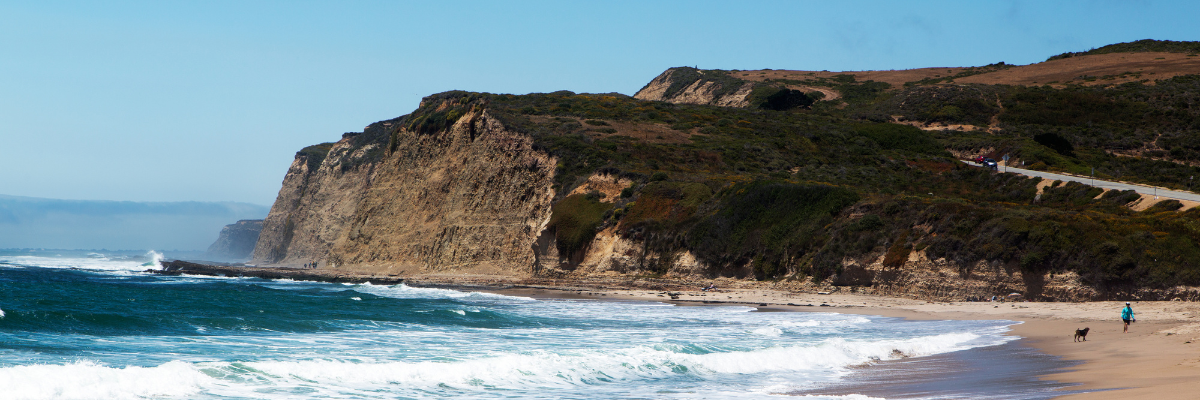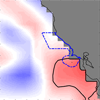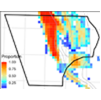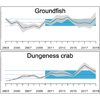California Current Integrated Ecosystem Assessment (CCIEA) scientists from across west coast National Marine Sanctuaries and NOAA Fisheries Science Centers are collaborating to apply NOAA's IEA framework in novel ways to support marine resource management.
Specific examples include:
- Adapting and applying the IEA approach to indicator development and ecosystem assessment in support of sanctuary Condition Reports
- Developing web-enabled data visualization and education/outreach products available at Sanctuary Watch
- Downscaling CCIEA indicators to individual sanctuaries and upscaling regional datasets from sanctuary-based research to IEA applications
Indicator Development for Sanctuary Condition Reports
National Marine Sanctuary managers regularly report on the status and recent changes in the condition of sanctuary resources, ranging from plankton to whales, climate, and human connections. These condition reports provide critical input to sanctuary management plan updates. We developed a rigorous and repeatable approach, modeled on the IEA framework, for identifying indicator portfolios for evaluating ecosystem integrity, physical drivers and human pressures. See links to the right, under More Resources.
Web-enabled Reporting Puts Information at your Fingertips
In collaboration with NOAA’s Integrated Ocean Observing System (IOOS) Program, including the Marine Biodiversity Observation Network (MBON), we are developing web-based, interactive tools to explore and better understand the changing nature of managed ecosystems.
The sanctuaries web-enabled condition reporting, or WebCR, platform facilitates tracking of sanctuary status and trend information and makes this information readily accessible online. Habitat conceptual models have been converted into interactive illustrations used to access status and trend data and other supporting content. WebCRs for individual sanctuaries, including Channel Islands and Olympic Coast, are available on Sanctuary Watch, hosted by IOOS' national data portal. Click on the More Resources link at right to learn more about this effort.
Web-based indicator portfolios and data dashboards are similarly being developed for presenting annual California Current Ecosystem Status Reports.
Scaling Assessments & Tools for Place-Based Management
Developing Regional Products for Sanctuaries: CCIEA scientists are using NOAA Fisheries’ coastwide resource assessment surveys and remote observation tools to develop regional products for individual West Coast National Marine Sanctuaries. Current products in support of Sanctuary partners include: Marine Heatwave indices, regional metrics of Trawling activity and Seafloor contact, and regional estimates of Groundfish Biodiversity and Abundance. As these products are developed and served, they can be accessed from links to the right, under More Resources.
Upscaling Sanctuary Data for the California Current: Likewise, scientists working in individual marine sanctuaries are sharing their research products to begin to provide a broader picture of status and trends in the California Current ecosystem. These include: Mooring buoy oceanographic measures; Seabird metrics (COASST, BeachWatch, BeachCOMBERs); Kelp forest (PISCO, OCMNS) and Rocky intertidal monitoring (MARINe) data.
Learn more here about how Sanctuaries across the U.S. are partnering with the IEA Program.


 Trawling Activity & Seafloor Contact
Trawling Activity & Seafloor Contact Groundfish Biodiversity & Abundance
Groundfish Biodiversity & Abundance